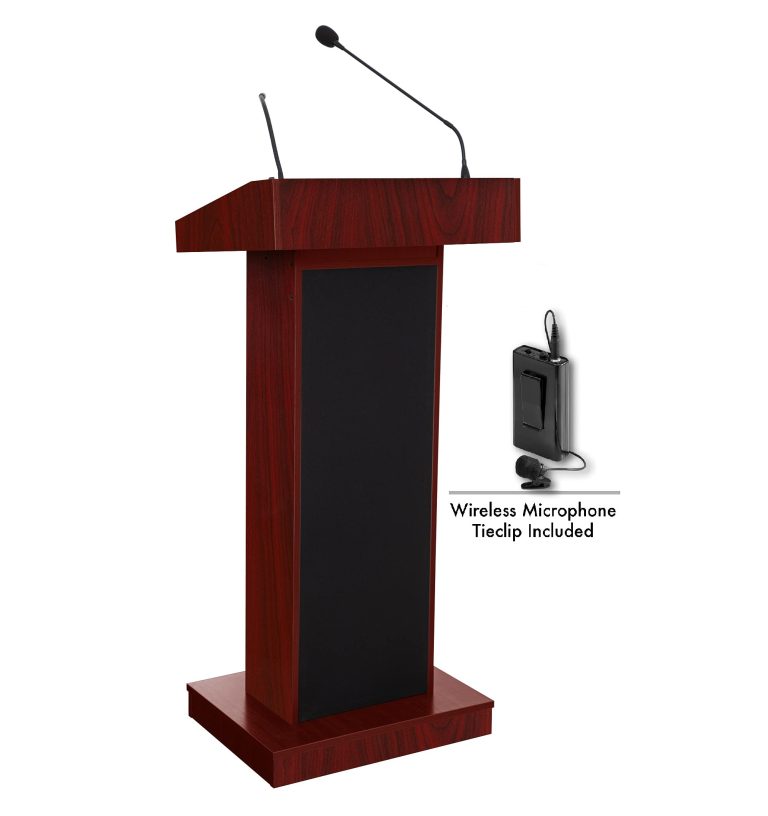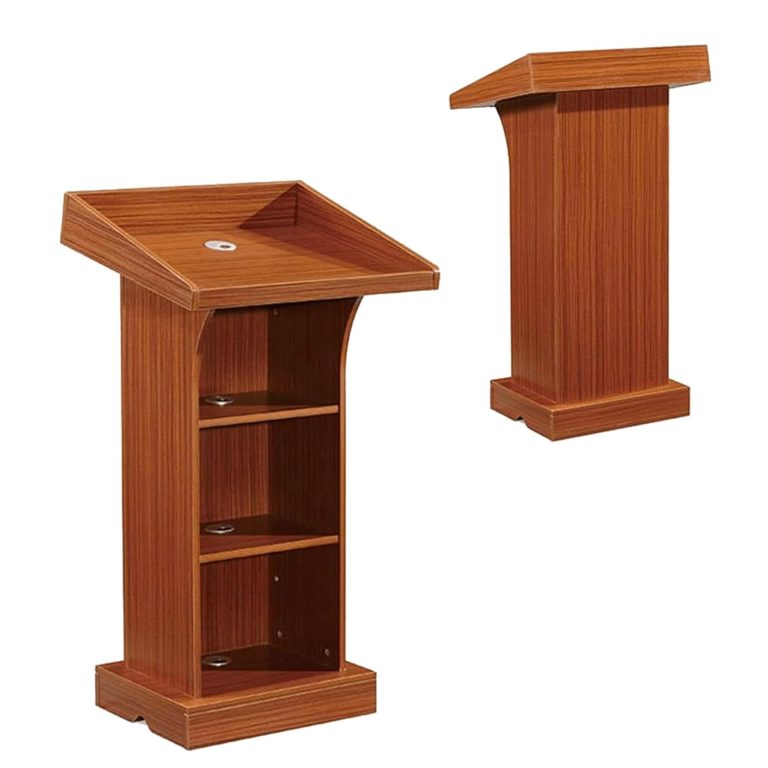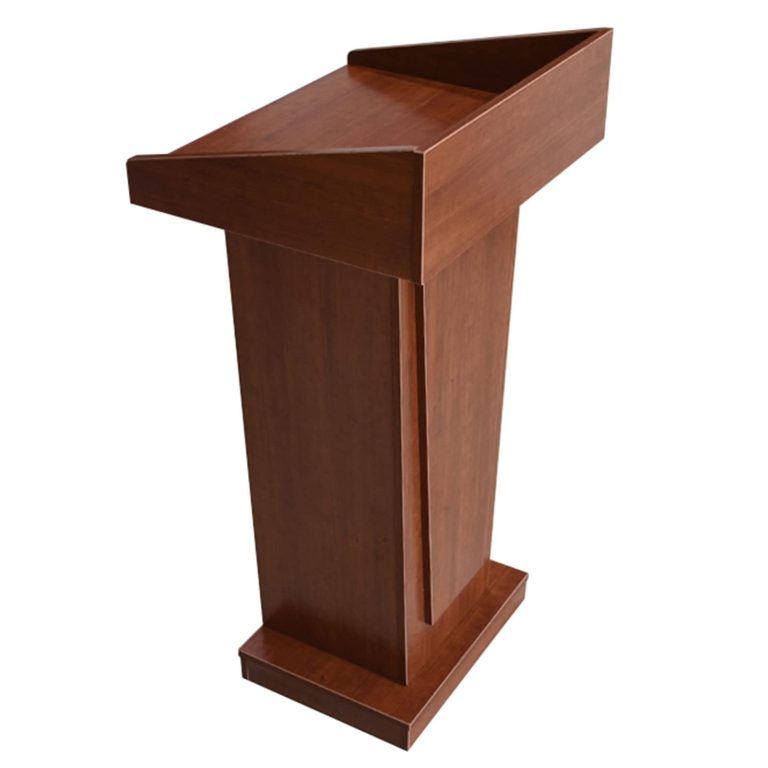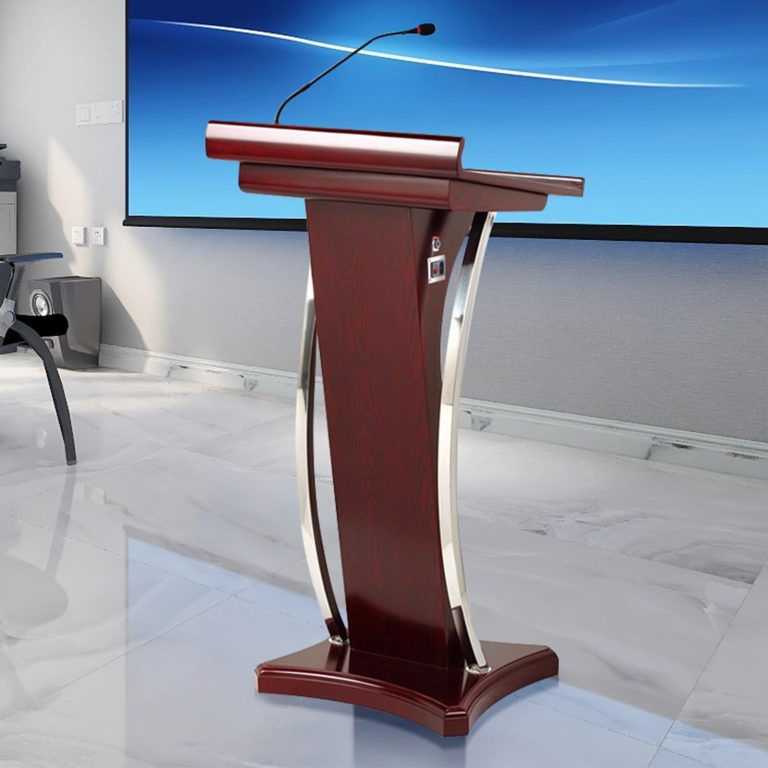Stagecrafting for Events
Stagecrafting for Events involves the design and implementation of theatrical elements to create an immersive and engaging experience for event attendees. With careful attention to lighting, sound, set design, and special effects, stagecrafting enhances the overall atmosphere and helps convey the event’s theme and message effectively.
This article explores the importance of stagecrafting and its impact on event production, guiding event planners and organizers on how to use these techniques to create memorable and impactful events. From small corporate gatherings to large-scale conferences and concerts, stagecrafting plays a vital role in transforming ordinary venues into extraordinary spaces that captivate and leave a lasting impression on attendees.
Understanding the principles and techniques of stagecrafting is essential for event professionals who strive to deliver exceptional experiences to their audience.
Planning The Stage Design
When organizing an event, planning the stage design plays a crucial role in creating a visually captivating experience for the audience. A well-designed stage not only enhances the event’s atmosphere but also helps convey the event’s purpose effectively. To achieve this, several factors need to be considered, including defining the event’s purpose, considering the venue, creating a layout and scale, and incorporating visual elements.
Defining The Event’s Purpose
Before diving into the stage designing process, it is essential to define the purpose of your event. Ask yourself, what message do you want to convey? Is it a corporate conference aiming to inspire and educate attendees? Or perhaps it’s a music concert where the focus is more on entertainment. By understanding the event’s purpose, you can align your stage design elements to effectively communicate the desired message to your audience.
Considering The Venue
Another crucial aspect of planning the stage design is considering the venue where the event will take place. Venue constraints such as the size, layout, and infrastructure can significantly influence your stage design choices. Take note of the venue’s dimensions, ceiling height, and any architectural features that may restrict or enhance your design options. Adapting your stage design to fit harmoniously within the venue ensures a visually cohesive and immersive experience for your audience.
Creating A Layout And Scale
Once you have a clear understanding of the event’s purpose and the venue’s limitations, you can begin creating a layout and scale for your stage design. Consider the number of performers or presenters that will be on stage simultaneously and ensure they have enough space to move comfortably. Additionally, factor in any props or equipment that will be present and allocate appropriate space for them. Creating an optimal layout and scale allows for seamless execution and ensures that every element onstage serves a purpose in enhancing the event experience.
Incorporating Visual Elements
Aesthetics play a significant role in stage design, and incorporating visual elements can enhance the overall impact on the audience. Visual elements can include lighting, set pieces, signage, branding, and multimedia displays. Each visual element should align with the event’s purpose and complement the overall theme or message. By carefully selecting and placing visual elements, you can create a visually stimulating stage that captivates and engages the audience throughout the event.
By meticulously planning the stage design, from defining the event’s purpose to incorporating visual elements, you can create an engaging and immersive experience for your audience. Taking into account the event’s purpose, venue limitations, layout, scale, and visual elements ensures that your stage design aligns with your overall event objectives, leaving a lasting impression on attendees.
Selecting And Setting Up Equipment
Choosing the right equipment is crucial for creating a memorable event experience. From sound systems to lighting design, projection screens to stage props, every aspect plays a significant role in enhancing the overall stagecrafting. In this section, we will delve into the key considerations and best practices when it comes to selecting and setting up equipment for your next event.
Choosing The Right Sound System
The sound system you choose can make or break the atmosphere of your event. It is essential to assess the size and nature of the venue to determine the appropriate sound equipment. Consider the type of event, the number of attendees, and the acoustics of the space. A comprehensive setup may include speakers, amplifiers, microphones, and audio mixers. Ensure a seamless audio experience by conducting rigorous sound checks beforehand, adjusting volume levels, and minimizing feedback.
Lighting Design And Execution
Lighting design is a powerful tool that influences the mood, visibility, and overall impact of an event. Create a lighting plan that aligns with the event theme and objectives. The setup may involve main stage lighting, spotlights, floodlights, and special effects such as strobes or lasers. Experiment with color schemes and intensity levels to create dynamic visuals that capture the audience’s attention. Additionally, ensure the lighting transitions and cues are synchronized with the event’s timeline and performances.
Projection And Screens
Projection screens offer an engaging way to convey visual content and reinforce the event’s key messages. Consider the size and aspect ratio of the screen based on the audience’s viewing distance. Utilize high-quality projectors to ensure optimum clarity and brightness. Incorporate multimedia content, such as slideshows or videos, that enhance the event’s ambiance and storytelling. Plan the positioning of screens and projectors to guarantee optimal visibility for all participants.
Stage Props And Decorations
Stage props and decorations can transform a plain stage into a captivating visual landscape. Consider the event’s theme, purpose, and desired atmosphere when selecting props and decorations. From furniture to backdrops, these elements should complement the overall design concept. Pay attention to details such as colors, textures, and arrangements to create a cohesive and immersive experience for attendees. Ensure the props are safely secured and will not impede the performers or audience during the event.
Managing Technical Aspects
When it comes to stagecrafting for events, managing the technical aspects is vital to ensure a seamless and unforgettable experience for the audience. From audio engineering and control to lighting control and programming, every detail must be handled with precision. Additionally, troubleshooting technical issues and ensuring safety measures are equally important considerations.
Audio Engineering And Control
Effective audio engineering and control can make or break an event. To provide an immersive audio experience, professionals use advanced equipment and techniques. With precise control over sound levels and effects, they create the perfect ambiance to captivate the audience. Whether it’s live performances or multimedia presentations, audio engineering plays a crucial role in delivering crystal-clear sound.
Lighting Control And Programming
Lighting control and programming are key elements of stagecrafting. A well-designed lighting setup can enhance the overall atmosphere, create dynamic visual effects, and direct the audience’s attention to specific areas on stage. From vibrant color schemes to synchronized lighting cues, professionals utilize cutting-edge technology to bring the event to life. By programming lighting sequences that align with the theme and mood of the event, they create a truly immersive experience.
Troubleshooting Technical Issues
When technical issues arise during an event, swift and efficient troubleshooting is essential. Whether it’s a malfunctioning sound system or a lighting fixture glitch, skilled technicians on standby can quickly identify and rectify the problem. Their expertise in problem-solving ensures minimal disruptions and seamless continuity of the event. With a keen eye for detail and extensive knowledge of equipment, they can troubleshoot technical issues promptly, allowing the show to go on without a hitch.
Ensuring Safety Measures
Ensuring safety measures is paramount when it comes to managing technical aspects of stagecrafting. Before the event, professionals conduct thorough inspections to identify any potential hazards. They carefully plan the placement of equipment, considering factors such as electrical safety, fire prevention, and crowd management. By adhering to industry standards and regulations, they guarantee the safety of both performers and audience members. Safety measures also extend to the proper maintenance and handling of technical equipment, ensuring reliable operation throughout the event.

Credit: www.hollywoodreporter.com
Collaborating With The Production Team
Stagecrafting for events is not a one-person job. It requires a collaborative effort from various professionals who work behind the scenes to create a memorable experience for the audience. In this article, we will explore how stagecrafters collaborate with the production team, including directors, producers, set designers, choreographers, sound and lighting technicians, as well as stage crew and artists.
Coordinating With Directors And Producers
Stagecrafters play a crucial role in bringing the director’s and producer’s vision to life. They work closely with them to understand the overall concept of the event and help translate it into practical stage elements that enhance the storytelling. By collaborating with directors and producers, stagecrafters ensure that the sets, lighting, sound, and other technical aspects align with the creative vision of the event.
Working With Set Designers And Choreographers
Set designers and choreographers are essential members of the production team who contribute to the aesthetics and movement on stage. Stagecrafters closely collaborate with them to incorporate their designs and choreography into the overall stagecrafting process. This collaboration enhances the visual appeal and ensures seamless transitions between scenes, creating a visually captivating experience for the audience.
Communicating With Sound And Lighting Technicians
Sound and lighting play a significant role in enhancing the mood, atmosphere, and overall impact of an event. Stagecrafters work closely with sound and lighting technicians to understand the technical requirements, such as the placement of speakers, microphones, lighting fixtures, and special effects. This collaboration enables them to synchronize the technical elements with the various stage movements and ensures a flawless and immersive experience for the audience.
Supervising Stage Crew And Artists
A well-coordinated and efficient stage crew is vital for the success of any event. Stagecrafters supervise and collaborate with the stage crew and artists to ensure that everyone is on the same page during rehearsals and live performances. They provide clear instructions and guidance to the crew regarding set changes, prop placements, and cues. This collaboration guarantees smooth transitions and allows the artists to focus on delivering their best performances.
Evaluating And Improving Stagecraft
Once your event is over, it’s crucial to evaluate and improve your stagecraft to ensure future success. Conducting post-event analysis, gathering feedback from attendees and team members, and implementing changes and enhancements are vital steps in this process. By following these steps, you can optimize your stagecraft and create memorable experiences for your audience.
Conducting Post-event Analysis
Evaluating the success of your stagecraft requires a comprehensive post-event analysis. This analysis involves analyzing various aspects of your stage setup, including lighting, sound, visual effects, and overall performance. By reviewing footage, photographs, and audience reactions, you can identify areas that need improvement and celebrate aspects that were well-received.
Gathering Feedback From Attendees And Team Members
To gain valuable insights about your stagecraft, it’s essential to gather feedback from both attendees and team members. This feedback can provide valuable insights into the audience’s perception of your stagecraft and the effectiveness of your team’s efforts. Encourage attendees to fill out surveys or provide feedback through online platforms. Similarly, ensure open communication with your team members to garner their input and ideas for improvement.
Implementing Changes And Enhancements
Based on the feedback received, it’s time to implement changes and enhancements to improve your stagecraft. Whether it’s adjusting lighting angles, fine-tuning sound systems, or revamping stage designs, make sure to address the areas highlighted in the feedback. By incorporating these changes, you can constantly improve the visual and auditory elements of your stage, elevating the overall experience for your audience.
In addition to technical improvements, consider incorporating creative enhancements. This could include experimenting with new stage props, multimedia integrations, or collaborating with talented performers. These additions can inject freshness and excitement into your stagecraft, ensuring that your audience remains engaged and captivated.

Credit: allevents.in
Frequently Asked Questions For Stagecrafting For Events
How Much Does A Portable Stage Cost?
Portable stage costs vary depending on factors such as size, materials, and additional features. On average, prices can range from a few hundred to several thousand dollars.
What Is Event Staging?
Event staging is the process of creating and designing the overall layout, setup, and atmosphere for an event. It involves carefully arranging equipment, props, lighting, and sound systems to enhance the overall experience and impact of the event on attendees.
How Do You Create A Stage Design?
To create a stage design, follow these steps: first, outline your vision and theme. Then, consider the stage size and layout. Next, choose lighting, props, and set pieces that enhance the overall concept. Additionally, create a detailed plan and collaborate with a team of professionals.
Finally, execute the design, ensuring all elements are well-coordinated and visually striking.
What Is Stage Design In Event?
Stage design in event refers to the planning and arrangement of the physical setting on a stage for a live performance or presentation. This includes elements such as lighting, props, scenery, and audio-visual effects, all designed to enhance the audience’s experience and convey the intended message or theme of the event.
How Do I Create An Effective Stage Setup For Events?
To create an effective stage setup for events, focus on the audience perspective, consider the event theme, use proper lighting and audio equipment, and plan for seamless transitions.
Conclusion
Stagecrafting for events requires careful planning and execution to create memorable experiences. From designing the set to considering lighting, sound, and props, every aspect plays a crucial role in captivating the audience. By understanding the importance of visual communication and creating immersive environments, event organizers can elevate the overall experience.
Through meticulous attention to detail, stagecrafting can transform any event into a truly unforgettable spectacle. So, whether it’s a concert, conference, or theatre production, investing in stagecrafting is essential for event success.



